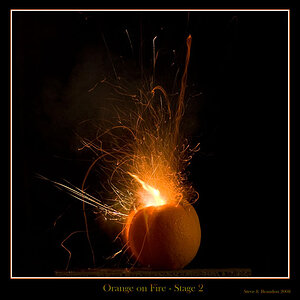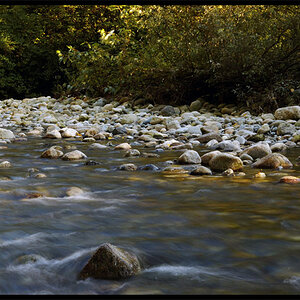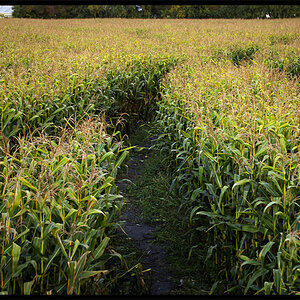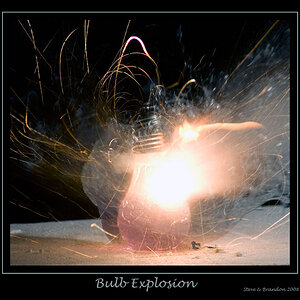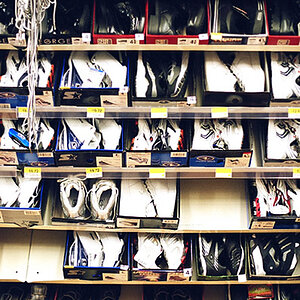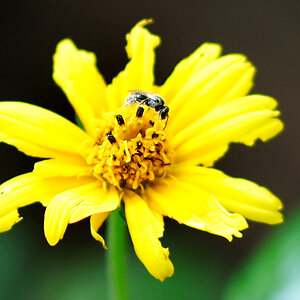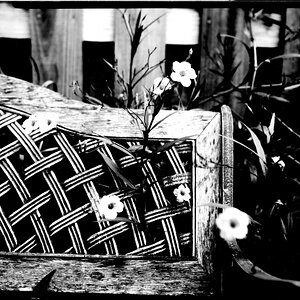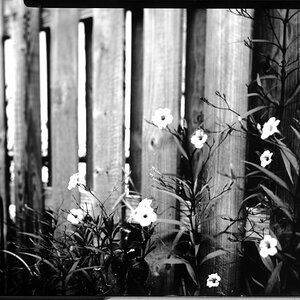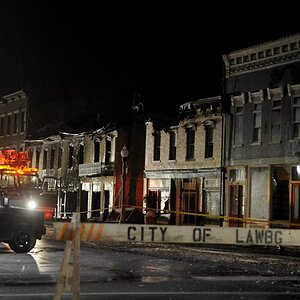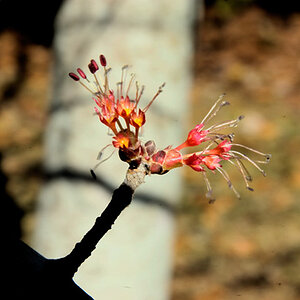mangorockfish
TPF Noob!
- Joined
- Feb 7, 2018
- Messages
- 69
- Reaction score
- 7
- Can others edit my Photos
- Photos NOT OK to edit
Has anyone ever bought one of the light sets off Ebay that has a couple of soft boxes some umbrellas, light stands and continuous lights. All of this for like $83. Are the boxes and umbrellas worth having? Seems like the stands and bulbs would come to more than $83. Just curious.


